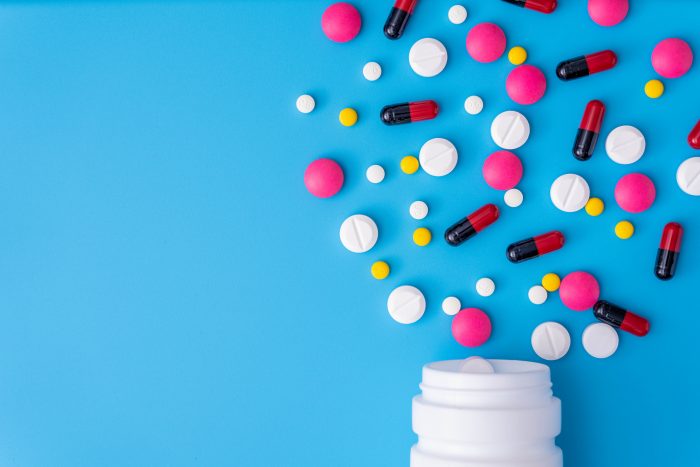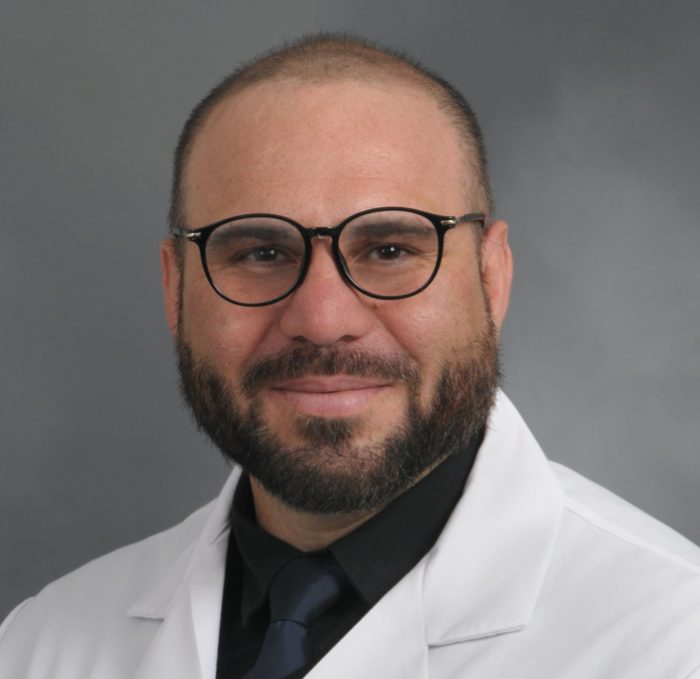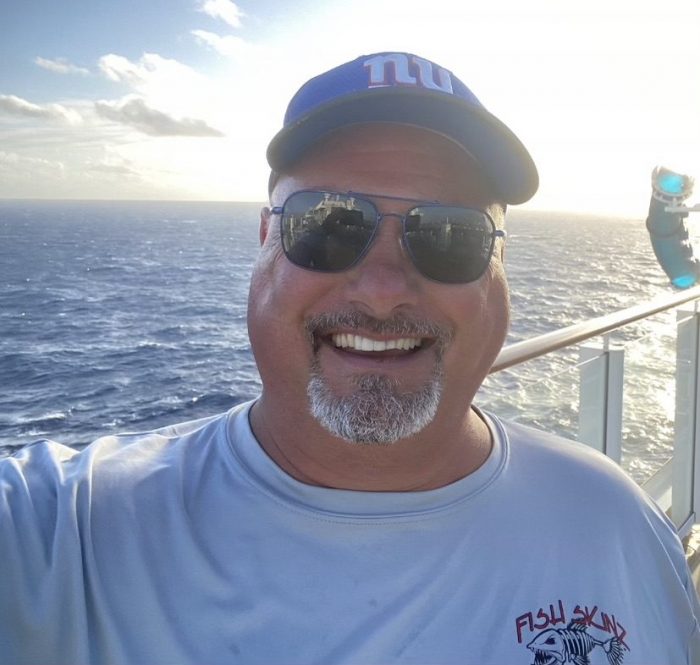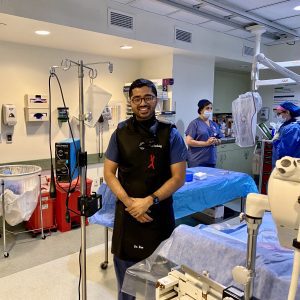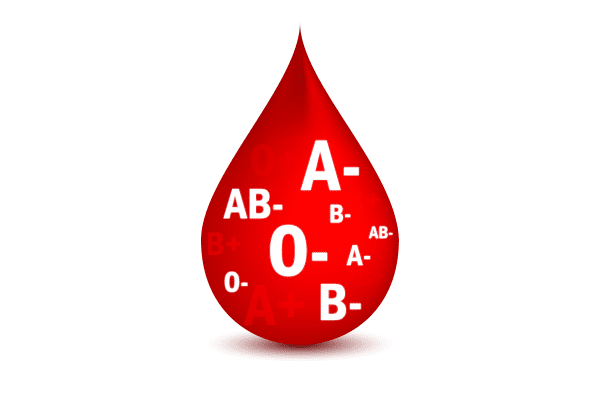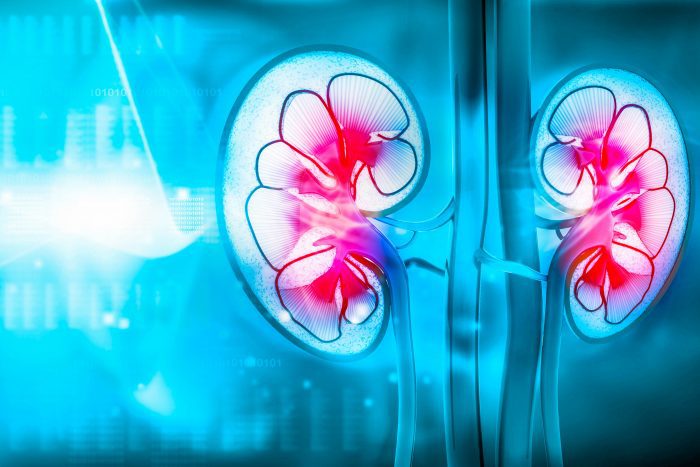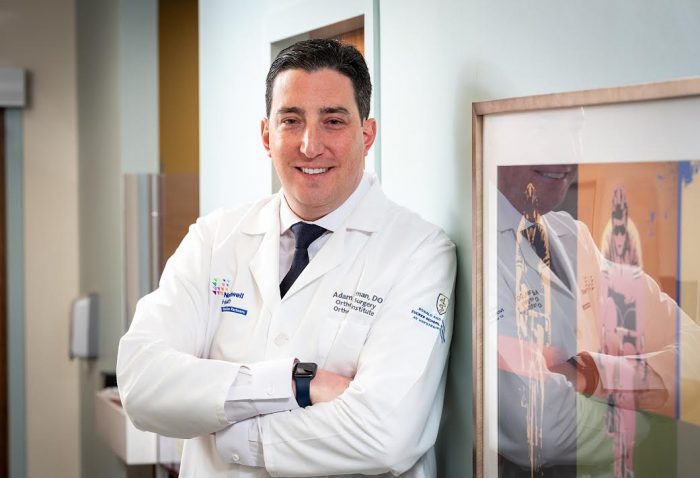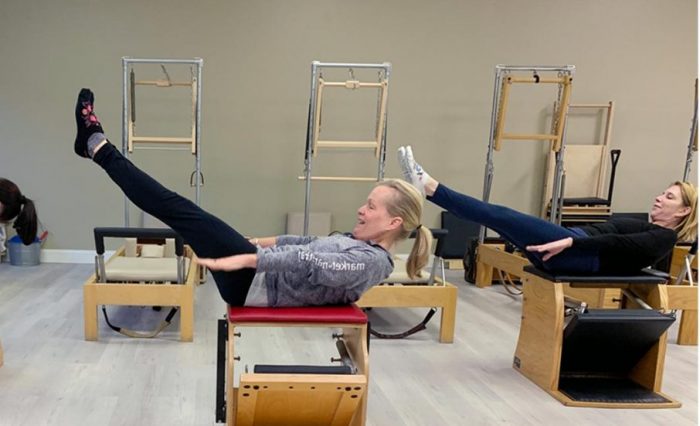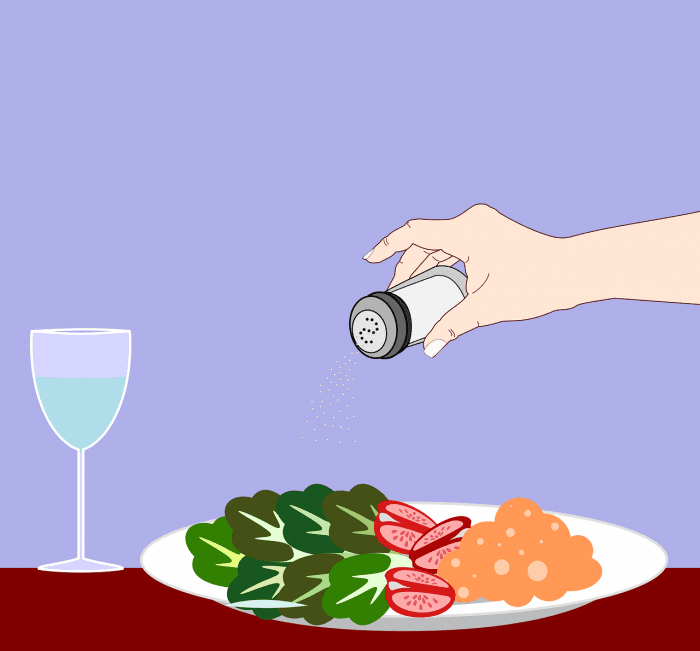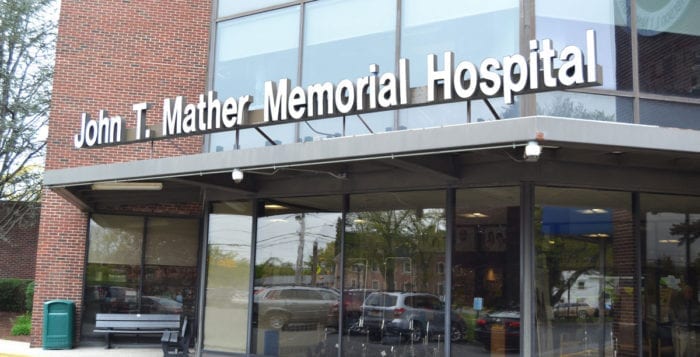NSAIDS con contribute to kidney damage
By David Dunaief, M.D.

Last week, I wrote that the CDC estimates as many as 15 percent of U.S. adults have chronic kidney disease (CKD) and that roughly 90 percent of them don’t know they have it (1). This includes about 50 percent of people with a high risk of kidney failure in the next five years.
How is this possible? CKD is tricky because it tends to be asymptomatic, initially. Only in the advanced stages do symptoms become distinct, although there can be vague symptoms in moderate stages such as fatigue, malaise and loss of appetite. Those at highest risk for CKD include patients with diabetes, high blood pressure and those with first-degree relatives who have advanced disease. But those are only the ones at highest risk.
Why does CKD matter?
Your kidneys function as efficient little blood filters. They remove wastes, toxins and excess fluid from the body. In addition, they play roles in controlling blood pressure, producing red blood cells, maintaining bone health, and regulating natural chemicals in the blood. When they’re not operating at full capacity, the consequences can be heart disease, stroke, anemia, infection and depression — among others. According to the U.S. Preventive Services Task Force and the American College of Physicians, those who are at highest risk should be screened including patients with diabetes or hypertension (2)(3).
Slowing CKD progression
Fortunately, there are several options available, ranging from preventing CKD with specific exercise to slowing the progression with lifestyle changes and medications.
Exercise helps – even walking
The results of a study show that walking reduces the risk of death and the need for dialysis by 33 percent and 21 percent respectively (4). Even more intriguing, those who walked more often saw greater results. So, the participants who walked one-to-two times a week had a significant 17 percent reduction in death and a 19 percent reduction in kidney replacement therapy, while those who walked at least seven times per week experienced a more impressive 59 percent reduction in death and a 44 percent reduction in the risk of dialysis. There were 6,363 participants with an average age of 70, and they were followed for an average of 1.3 years.
How much protein to consume?
When it comes to CKD, more protein is not necessarily better, and it may even be harmful. In a meta-analysis of 17 Cochrane database studies of non-diabetic CKD patients who were not on dialysis, results showed that the risk of progression to end-stage kidney disease, including the need for dialysis or a kidney transplant, was reduced 36 percent in those who consumed a very low-protein diet, rather than a low-protein or normal protein diet (5).
Reducing sodium consumption
Good news! In a study, results showed that a modest sodium reduction in our diet may be sufficient to help prevent proteinuria (protein in the urine) (6). Here, less than 2000 mg was shown to be beneficial, something all of us can achieve.
Medications have a place
We routinely give certain medications, ACE inhibitors or ARBs, to patients who have diabetes to protect their kidneys. What about patients who do not have diabetes? ACEs and ARBs are two classes of anti-hypertensives — high blood pressure medications — that work on the kidney systems responsible for blood pressure and water balance (7). Results of a study show that these medications reduced the risk of death significantly in patients with moderate CKD. Most of the patients were considered hypertensive.
However, there was a high discontinuation rate among those taking the medication. If you include the discontinuations and regard them as failures, then all who participated showed a 19 percent reduction in risk of death, which was significant. However, if you exclude discontinuations, the results are much more robust with a 63 percent reduction. To get a more realistic picture, this result, including both participants and dropouts, is probably close to what will occur in clinical practice unless the physician is a really good motivator or has very highly motivated patients.
Should you be taking NSAIDs?
Non-steroidal anti-inflammatory drugs (NSAIDs), which include ibuprofen and naproxen, have been associated with CKD progression and with kidney injury in those without CKD (1). For those on ACE inhibitors or ARBs, NSAIDs can also interfere with their effectiveness. Talk to your doctor about your prescription NSAIDs and any other over-the-counter medications you are taking.
Takeaways
You don’t necessarily have to rely on drug therapies to protect your kidneys, and there is no down-side to lifestyle modifications. Lowering sodium modestly, walking frequently, and lowering your protein consumption may all be viable options, with or without medication. Discuss with your physician whether you need regular screening. High-risk patients with hypertension and diabetes should definitely be screened; however, those with vague symptoms of lethargy, aches and pains might benefit from screening, as well.
References: (1) cdc.gov/kidneydisease (2) uspreventiveservicestaskforce.org (3) aafp.org. (4) Clin J Am Soc Neph-rol. 2014;9(7):1183-9. (5) Cochrane Database Syst Rev. 2020;(10):CD001892. (6) Curr Opin Nephrol Hypertens. 2014;23(6):533-540. (7) J Am Coll Cardiol. 2014;63(7):650-658.
Dr. David Dunaief is a speaker, author and local lifestyle medicine physician focusing on the integration of medicine, nutrition, fitness and stress management. For further information, visit www.medicalcompassmd.com.

